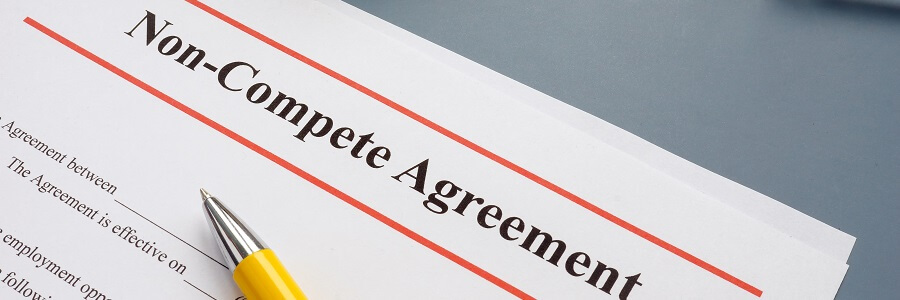5 Most Common PEO Myths

Quick look: Small- and medium-sized business leaders are often mistaken about partnering with a professional employer organization (PEO) and miss out on a valuable time- and cost-saving relationship. In this article, we demystify five common PEO myths and offer even more insight in our eBook, “Busted! 12 Common PEO Myths Debunked.”
Partnering with a professional employer organization (PEO) to manage human resources makes smart business sense for small- and medium-sized business (SMB) owners. Unfortunately, myths surrounding PEOs may cause SMB leaders to hesitate to pursue this beneficial relationship. Here are five of the most common PEO myths—and why they couldn’t be further from the truth.
Myth 1: Businesses leaders lose control of staffing decisions
This myth is the opposite of what happens during a PEO engagement. When partnering with a PEO, business leaders gain a strategic partner who assumes responsibility, risk, and day-to-day management of HR tasks. This level of support frees company leadership to focus on high-value activities instead of time-consuming HR management. Though the HR specialists at the PEO provide support, insight, and compliance expertise, company leadership retains all control over hiring, termination, and other staffing decisions.
Myth 2: A PEO replaces in-house HR teams
SMB leaders mistakenly fear their in-house human resources departments will become redundant should they decide to pursue a PEO partnership. In fact, augmenting internal HR departments with additional support and expertise from a professional employer organization is an even more effective and efficient means of managing HR.
The HR managers at the PEO operate in whatever operational structure the business’ leadership prefers. For some organizations, the PEO works under the direction of an in-house HR manager or team. In other instances, the business may retain a part-time HR administrator while the PEO handles most HR responsibilities.
Myth 3: PEO is the same as employee leasing
SMB leaders often mistake PEO partnerships for employee leasing. However, PEOs operate under a co-employment relationship, which is the contractual allocation and sharing of certain employer responsibilities between the professional employer organization and the client. On the other hand, employee leasing—also known as a temporary employment arrangement—is the practice of supplying new workers or contractors to a client, usually on a temporary basis. Employee leasing is most often associated with staffing firms.
In a PEO engagement, the client’s employees become employed by two companies: the client company (known as the Worksite Employer) and the PEO (Administrative Employer). The PEO assumes certain administrative employer rights, risks, and other HR administrative tasks, such as:
- Remitting wages and withholdings for the client’s workforce
- Issuing Form W-2 for compensation under the PEO’s Employer Identification Number (EIN)
- Supplying and coordinating employee benefit plans
Myth 4: Co-employment negatively impacts the employee experience
Contrary to this myth, a PEO relationship often enhances the employee experience. Under a PEO engagement, in-house HR teams have more time to dedicate to fostering personal connections with staff. Meanwhile, employees benefit from the following:
- Tailored health insurance plans
- Convenient self-serve HR tools
- Voluntary benefits (legal assistance programs, identity theft protection, pet insurance, employee assistance programs, etc.)
- And more
Myth 5: PEOs are too expensive
Partnering with a professional employer organization is an additional budgetary line item—but is usually offset by significant savings and a considerable increase in HR management value. PEOs can help employers reduce the cost of health insurance and other benefits, all while improving the quantity and quality of current offerings. Per the National Association of Professional Employer Organizations (NAPEO), PEOs help their clients experience an ROI of over 27% from cost savings alone.
More PEO myths exposed
These are just some of the myths surrounding professional employer organizations. Learn more about the above, correct other popular misconceptions, and discover why a PEO partnership makes perfect sense for small- and medium-sized businesses in our eBook, “Busted! 12 Common PEO Myths Debunked.”



